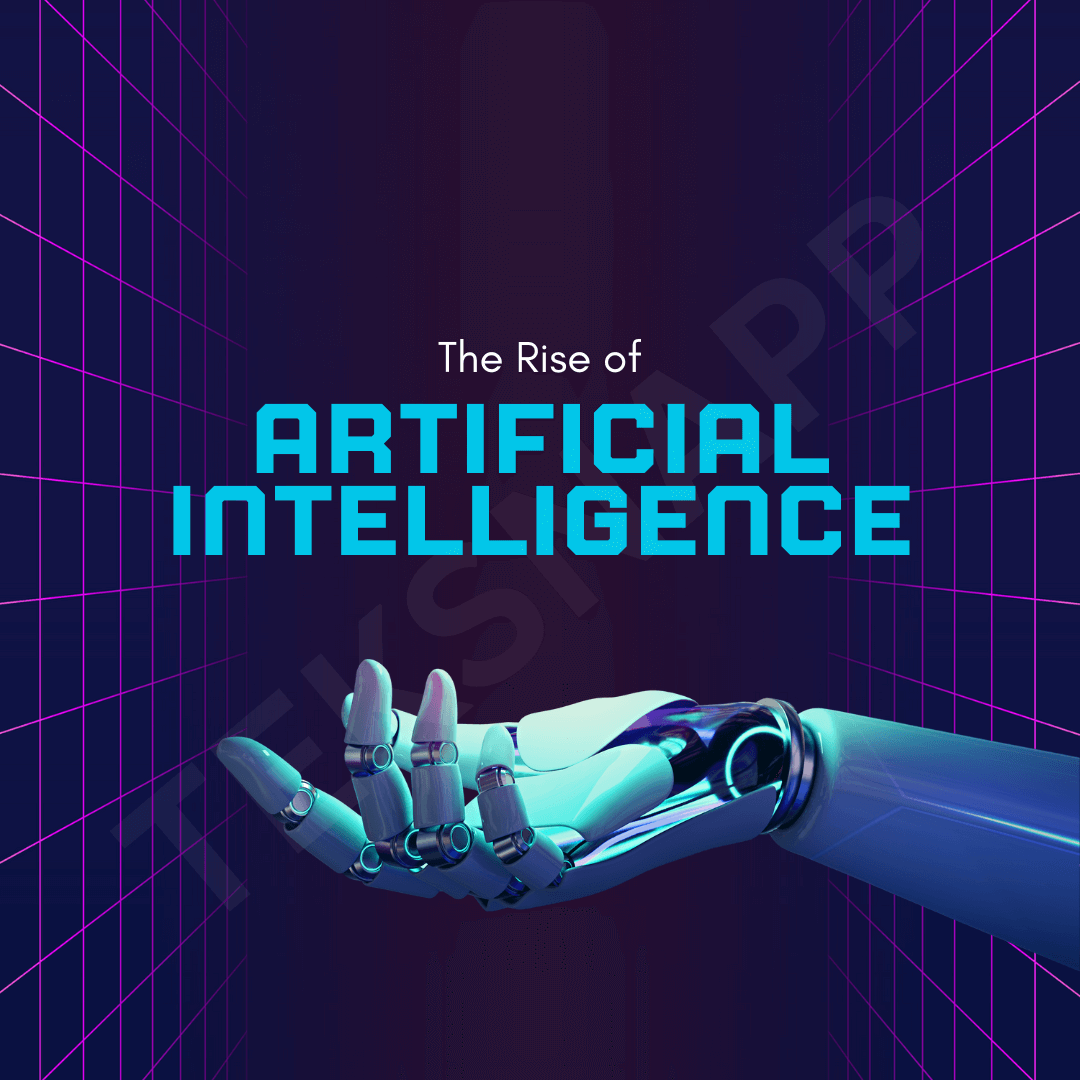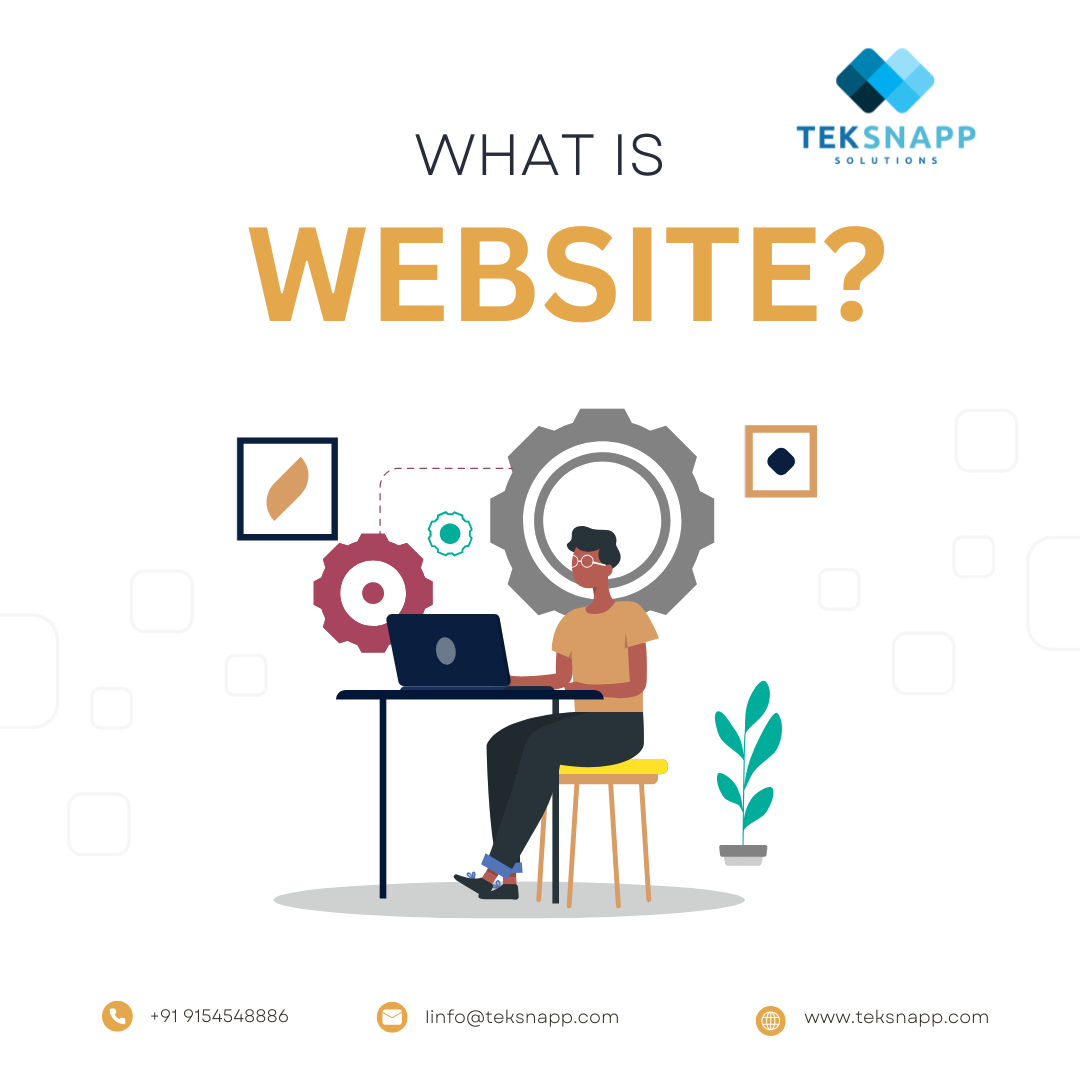
AI is changing the nature of IT through automation, improved security, and optimized resource management. Its presence enhances efficiency in operations, provides added cybersecurity, and enables the capability for predictive analytics. Challenges include costs, dependency on data, and the displacement of jobs. It finds specific applications in automation, infrastructure management, and threat detection: innovation and competitive advantage.
The Future of AI in IT ?
IT is expected to go up in line with AI with the help of 5G networks, automated machine learning, and quantum computing. The integration of AI with 5G means that it's going to be a powerful tool for enhancing network management more efficiently. Additionally, further discoveries in quantum computing may bring on even greater potential processing for an AI system, and thus IT will keep being driven further for innovation and growth.
Key Applications of AI in IT
IT Operations Management: AI tools may monitor systems for potential failures that can be made in advance; routine maintenance may be automated for better reliability and efficiency of a business's IT infrastructure.
Cloud Computing: In cloud environments, AI optimizes resource usage in real-time capacity adjustments to support better performance with cost efficiency.
Cybersecurity: AI improves security through the detection of threats such as malware or unauthorized access attempts, much faster than traditional methods. It can even predict emerging threats, helping businesses stay one step ahead of cybercriminals.
Advantages of AI in IT
Increased Efficiency: It automates the repetitive tasks that increase productivity and system performance.
Cost Savings: Optimizes resources, minimizes downtime, and reduces operational expenses.
Enhanced Security: Real-time detection of threats; it prevents breaches and protects data.
Scalability: Dynamically adjusts cloud resources, ensuring optimal performance without overprovisioning.
Disadvantages of AI in IT
High initial investment: Very high costs on technology and training.
Integration Complexity: Highly integrating with legacy systems.
Security Risks: AI systems can be prone to cyberattacks.
Job Displacement: Automation may lead to workforce shifts and job losses.
Conclusion
AI is a disruptive force in the IT industry. It has high benefits through automation, security, cost savings, and scalability. The disadvantages are high initial costs, integration issues, and possible job displacement. However, the benefits make AI a necessary part of modern IT strategies. Adopting AI will allow businesses to remain competitive and future-proof in a digital world, which provides them with the tools necessary to drive efficiency, innovation, and growth...



